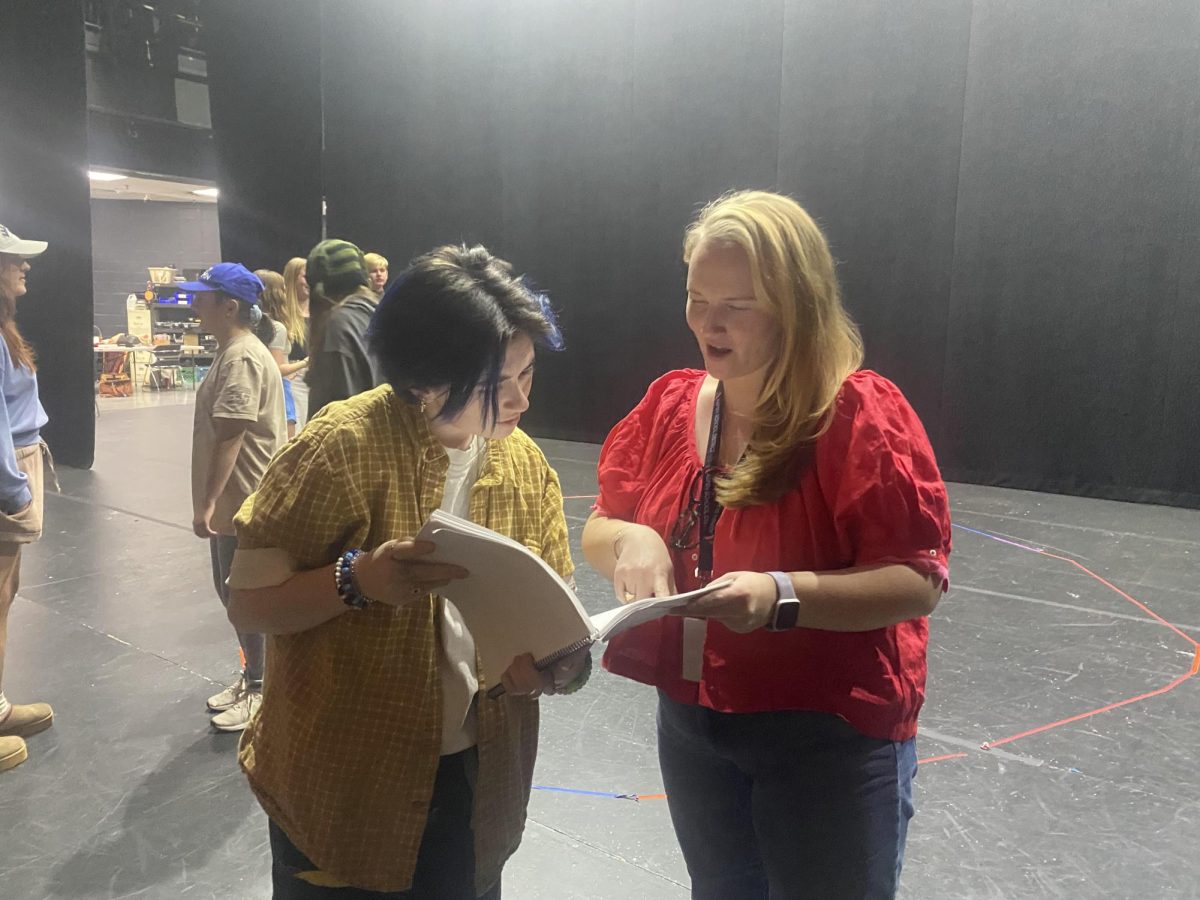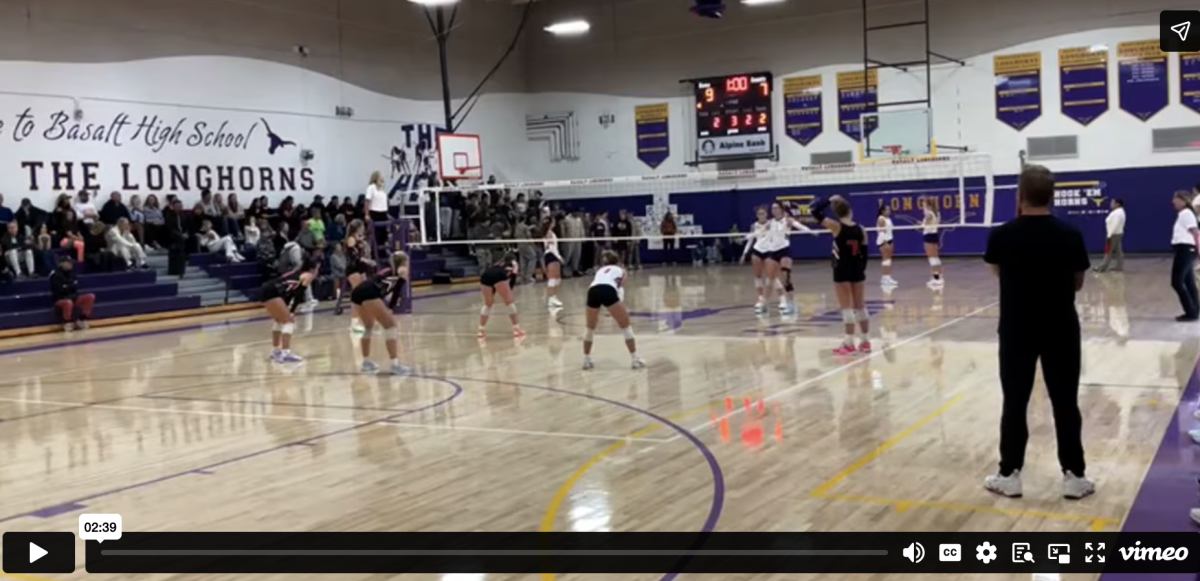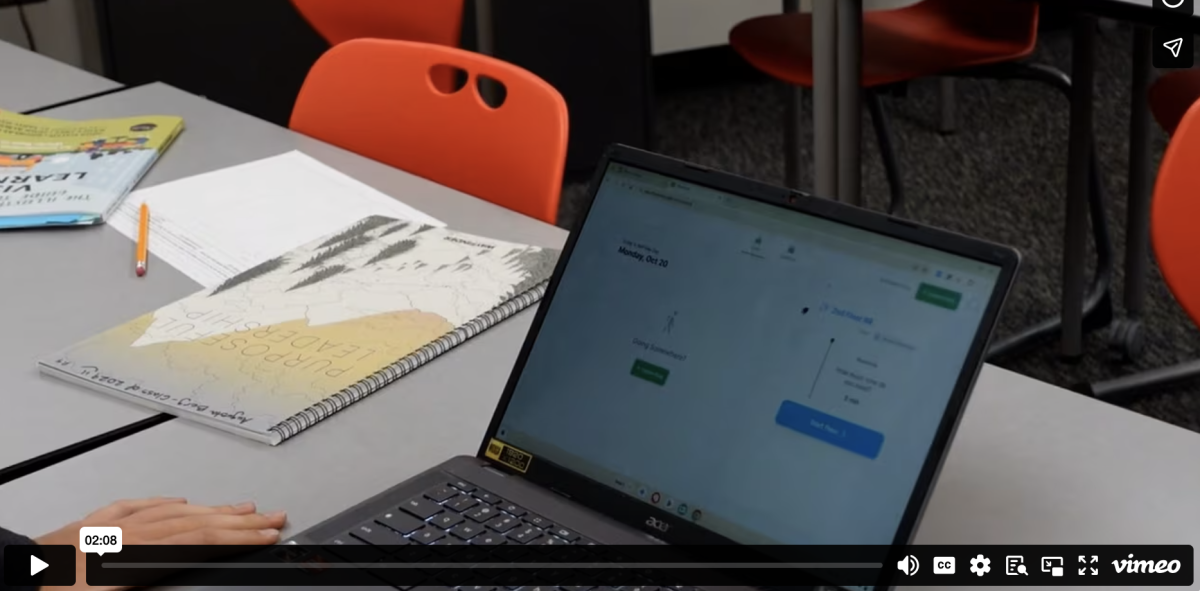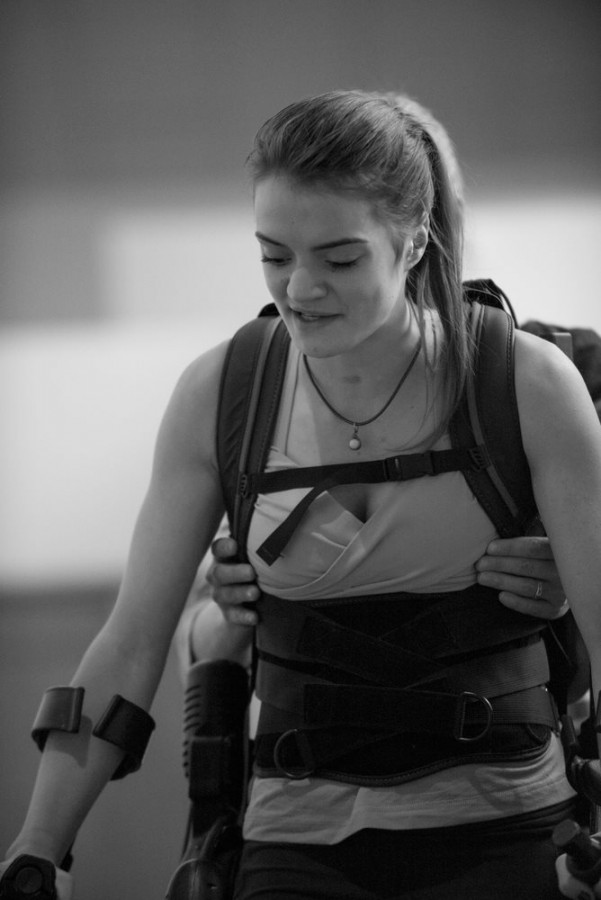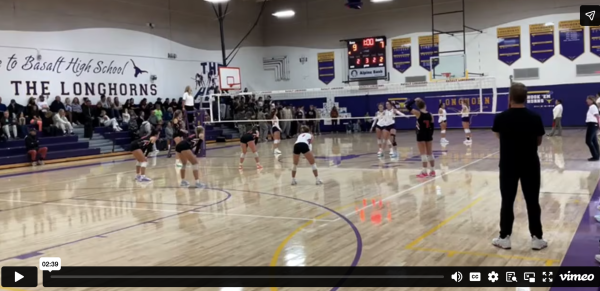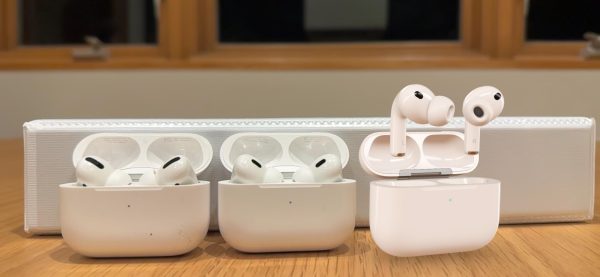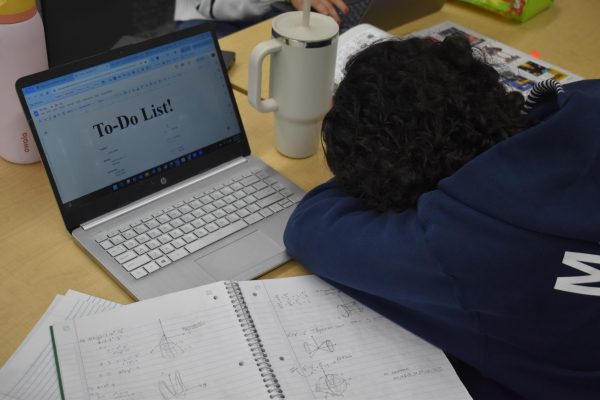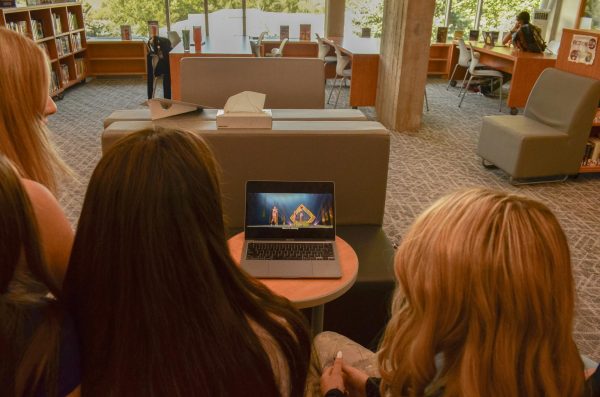Walking into the Future
As she labored to put one foot in front of the other, AHS senior, Mackenzie Langley was finally able to feel what it was like to walk naturally again. After being injured in a car accident in 2014, she has been working towards walking again, and with the help of the Bionic Exoskeleton she has been making a lot of improvements.
The exoskeleton is a wearable suit that enables people with lower extremity weakness or paralysis to walk. It has been used all around the world to help war veterans and victims of stroke and other spinal cord injuries, and is able to give the support and guidance that no other person or machine can. Through the distribution of weight shifting this machine is able to sense where the body is in space and reline it in order for people to take steps. For most people who get the chance to use this machine it can be significant in helping with recovery.
“I don’t have a lot of movement in my legs but since using it, my right leg has gotten a lot stronger so when I’m standing and walking I don’t need any help with my right leg anymore,” Langley said.
Bridging Bionics and many other companies are working to apply this technology to improve the condition of many paralyzed people in our community and around the world. Bridging Bionics, is a Colorado-based company that works to fund and teach the community about the advancement of bionic technology. This technology has recently come to the Aspen Club courtesy of Aspen local and disabilities advocate, Amanda Boxtel. After being paralyzed from the waist down in a freak skiing accident, she became the Executive Director of Bridging Bionics, and an international speaker.
“Adaptive technology has enabled me to ski, kayak and hand cycle,” Boxtel said. “Yet my deepest yearning has always been to learn how to walk again.”
With the help of this technology, Boxtel has been able to experience that feeling again. One of Aspen’s physical therapists who works with the Exoskeleton, Ben Lusk has also seen the magic of the machine. Lusk has worked with many disabled people around the valley and has become very familiar with the concept of how the world of robotics is improving the lives of people everywhere. He believes that this technology will continue to improve in the future. In his opinion, this machine will eventually become self sufficient to a point where the user doesn’t need the constant input from a physical therapist.
“Ideally what the future (for the Bionic Exoskeleton) is going to be is like a transcranial functional MRI, so what that means it that you would wear a helmet and when certain areas of your brain light up, that tells the machine to take a step as opposed to you doing certain things with your upper body that tells it to take a step so eventually it’s going to link right into your brain,” Lusk said.
For the disabled people of this community, the arrival of the Bionic exoskeleton is a life changing event that is already beginning to ripple out into the world.
“Science is enabling people to dream big and help one another,” Boxtel said. “For the first time in the history of assisted movement, there is a mobility option beyond standard wheelchairs and unpowered orthotics: the bionic exoskeleton suit.”
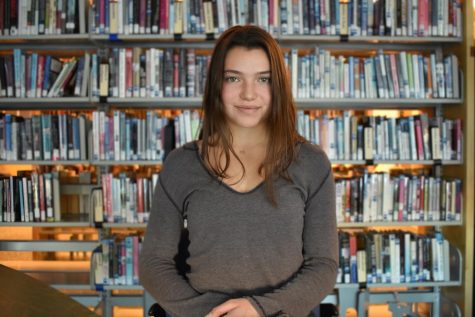
Jordan is a senior at AHS, and the Editor-In-Chief for the Skier Scribbler. This is her third year as a part of the paper and she plans on writing in college....


